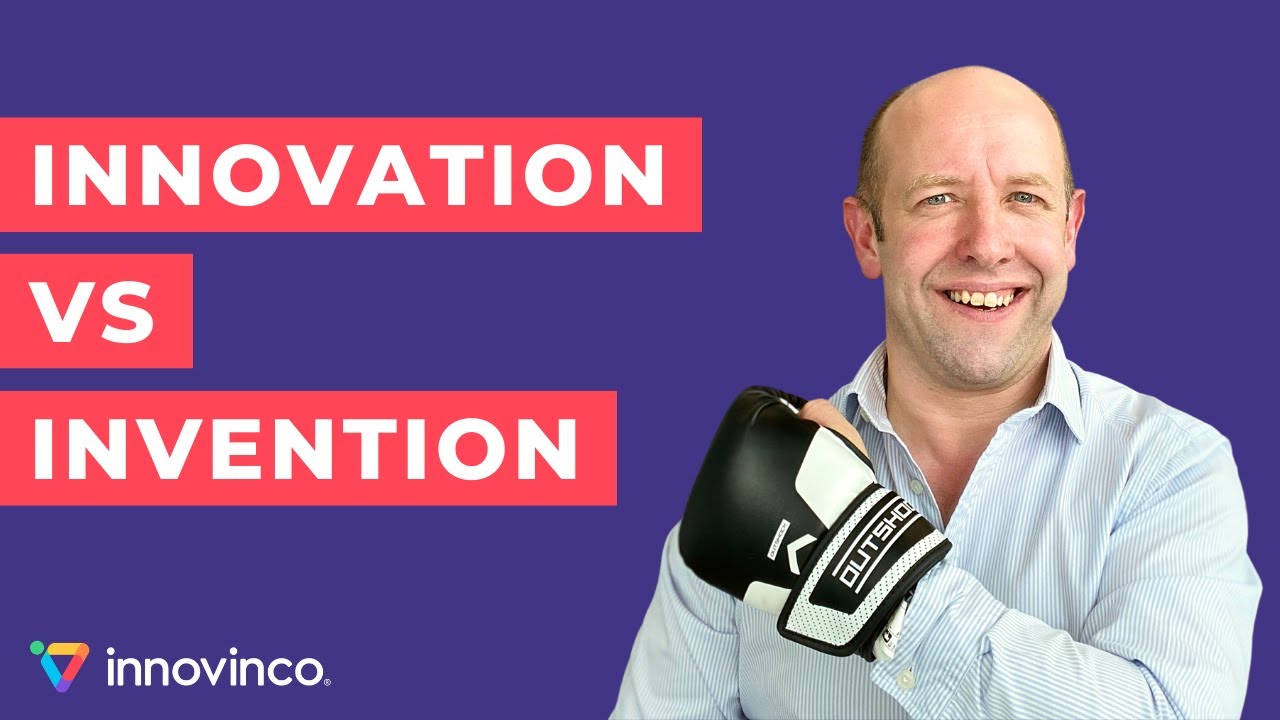7 steps from innovation to commercialisation
Summary
TLDRThis transcript discusses the concept of innovation, distinguishing it from invention and emphasizing its focus on creating value through marketable ideas. It outlines seven key steps for successful innovation: understanding innovation, idea generation, screening and selection, concept development and testing, crossing the 'valley of death', test marketing, and commercialization. The speaker highlights the importance of leadership, people and culture, process management, timing, and market understanding in driving innovation.
Takeaways
- 📚 Innovation is not just inventing; it's about translating ideas into valuable goods or services.
- 💡 An innovation must be manufacturable or deliverable at an economical cost and meet market needs.
- 🏆 Key elements of successful innovation include leadership, people and culture, process and program management, constancy of purpose, skill in picking winners, and timing.
- 🤝 Empower your people to think creatively; innovation is not about following a single leader.
- 🔍 Ideas generation involves identifying problems, needs, or market opportunities, and leveraging market pull rather than technology push.
- 🧐 Screen and select ideas by evaluating commercial opportunity, organizational capability, development costs and time, market requirements, and competitive landscape.
- 🛠️ Develop and test the chosen idea, moving it through technology readiness levels (TRLs) to a market-fit concept.
- 🌐 The 'valley of death' refers to the challenging transition from TRL level 4 to 7, requiring careful planning and risk management.
- 📊 Test marketing is crucial to gather feedback from strategic customers and finalize marketing and launch strategies.
- 🚀 Commercialization is the final stage where the product is taken into production and market launch begins, marking TRL levels 8 and 9.
Q & A
What is the definition of innovation according to the transcript?
-Innovation is defined as the action of implementing an idea or invention into a good or service that creates value. It's about making money from concepts or ideas and is not just another word for inventing.
Why is it important to differentiate between innovation and invention?
-Innovation is about translating ideas into marketable goods or services, whereas invention is about creating something new. The differentiation is crucial because innovation involves the successful application of inventions to meet market needs and generate economic value.
What are the key elements of successful innovation mentioned in the transcript?
-The key elements include leadership, people and culture, process and program management, constancy of purpose, skill in picking winners, and timing.
Why is it necessary to listen to employees and customers during the innovation process?
-Employees and customers are important sources of information that can help identify problems, needs, or market opportunities, which are crucial for successful innovation.
What does the term 'valley of death' refer to in the context of innovation?
-The 'valley of death' refers to the challenging phase of transitioning from a concept with low technology readiness levels (TRL 4) to a fully developed product (TRL 7) that is ready for market launch.
How does the transcript suggest evaluating the commercial opportunity of an innovation idea?
-The transcript suggests evaluating the commercial opportunity by assessing the market requirement, organizational capabilities, cost and time for development and launch, competition, and barriers to market entry.
What is the significance of technology readiness levels (TRLs) in the innovation process?
-Technology readiness levels are a measure of how close a technology is to being fully developed and ready for market. They help in planning the development process and assessing the maturity of the innovation at different stages.
Why is it important to have a detailed plan when developing an innovation concept?
-A detailed plan is crucial for allocating resources, addressing risks, securing organizational buy-in, and ensuring timely market entry, which are all critical for the success of an innovation.
What is the role of leadership in the innovation process according to the transcript?
-Leadership plays a vital role in championing innovation, empowering people to think creatively, and maintaining constancy of purpose. Leaders also need to ensure good communication and motivated teamwork.
How does the transcript suggest dealing with ideas that are not successful?
-The transcript suggests that if an idea is not showing signs of success or if the market conditions are unfavorable, it's important to be prepared to walk away and not proceed with the innovation.
What is the final stage of the innovation process described in the transcript?
-The final stage is commercialization, where the product is taken into production (TRL levels 8 and 9), the market launch is executed, and the production ramp-up begins.
Outlines

هذا القسم متوفر فقط للمشتركين. يرجى الترقية للوصول إلى هذه الميزة.
قم بالترقية الآنMindmap

هذا القسم متوفر فقط للمشتركين. يرجى الترقية للوصول إلى هذه الميزة.
قم بالترقية الآنKeywords

هذا القسم متوفر فقط للمشتركين. يرجى الترقية للوصول إلى هذه الميزة.
قم بالترقية الآنHighlights

هذا القسم متوفر فقط للمشتركين. يرجى الترقية للوصول إلى هذه الميزة.
قم بالترقية الآنTranscripts

هذا القسم متوفر فقط للمشتركين. يرجى الترقية للوصول إلى هذه الميزة.
قم بالترقية الآنتصفح المزيد من مقاطع الفيديو ذات الصلة

Kreativitas, Penemuan, dan Inovasi: bedanya apa?

What's the difference between innovation & invention? | Tom Pullen | innovinco

Pengantar Manajemen Inovasi (Ringkas)

Episódio 02 - Na Trilha da Inovação - Parte I

Memanfaatkan Peluang Usaha Dengan Kreatif dan Inovatif | Produk Kreatif dan Kewirausahaan

INOVAÇÃO DISRUPTIVA: O QUE É DISRUPÇÃO E COMO SER DISRUPTIVO?
5.0 / 5 (0 votes)
